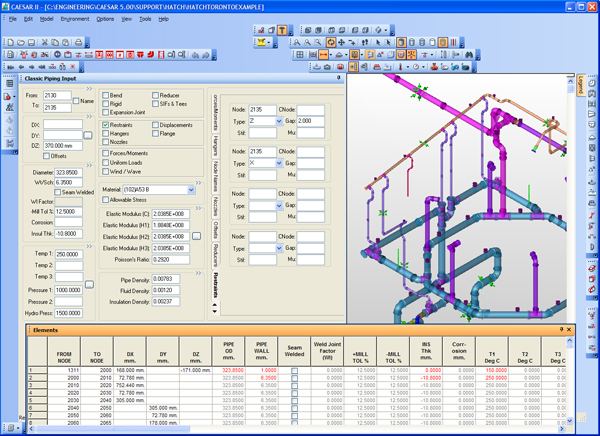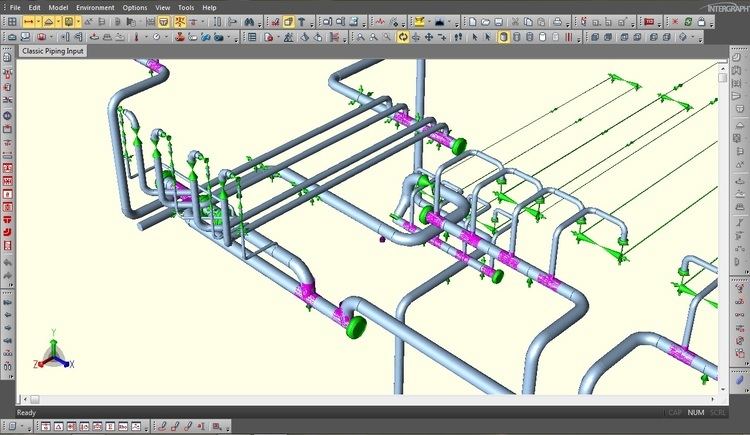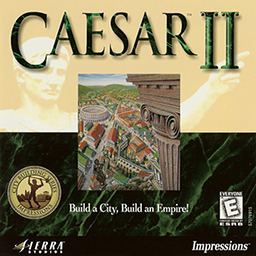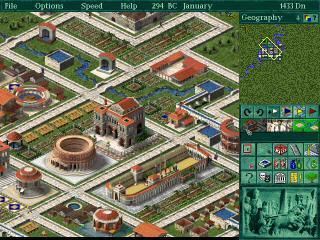Release date(s) 4 September 1995 Initial release date 4 September 1995 Genre Strategy game | ||
 | ||
Publishers Sierra Entertainment, Impressions Games Similar City Building games, Impressions games, Isometric projection games | ||
Caesar ii 1995 impressions games
Caesar II is a 1995 computer game of the Caesar computer game series that takes place in Ancient Rome.
Contents

Ie 19 pc games review caesar ii 1995
Gameplay

When the game begins the Roman empire extends no further than Italy. Players have the opportunity to civilize adjacent barbarian provinces, eventually reaching the entire Roman Empire at its height. When a province is civilized it unlocks the surrounding provinces. A computerized rival also completes missions both preventing the player from civilizing that province and allowing them to civilize the provinces adjacent to it (the computer has been known to civilize a province it could not have selected when it successfully civilized the last, meaning it is a randomized event, rather than AI). Unlike Caesar III, or Pharaoh, the province and city are separate spheres, as is the military. The player builds primary industry (such as mines or farms), trade facilities (such as roads or docks), and military facilities(such as forts and walls) on one map and builds their city houses, secondary industry (such as wineries or potters), and tertiary industry (such as fire stations, police stations, bath houses) on another (represented as four squares in the center of the provincial map). Also unlike later games walkers are not required to bring services to people, which is instead determined by one buildings distance from another. Invading Armies differ from later games as well, in that Barbarian towns exist within many provinces from which Barbarian armies can emanate. These are converted to Roman towns through invading them and defeating the inhabitants. Most missions require the player to pacify a province and raise the citizens standard of living to a certain level, while neither suffering a military loss, nor losing the emperor's favour, often within a certain time frame. Major factors in city and province-building are housing values and types of housing, unemployment/labour shortages, taxes, wages, deficits, food shortages, military readiness and morale, and imperial demands. The game is won when the player has conquered sufficient provinces to attain the rank of Caesar. The game is lost if the player's computerized rival becomes Caesar, if Caesar removes the player from their post for running too large a deficit, for going beyond the time frame, for failing to follow Imperial demands, or having the city conquered.
Reception

Initial reception of the game was positive. Arinn Dembo writing for Computer Gaming World gave the game 4 stars. A reviewer for Next Generation deemed it "an innovative mix of SimCity-type building strategy and wargame campaign." He said the game's strongest point is how it expands from a city-building simulation into nation-building and wargames, but also highly praised the graphics and simple, easy-to-grasp interface. He scored the game 4 out of 5 stars.

